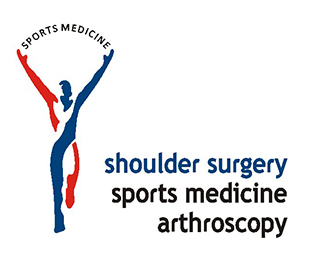Shoulder arthroscopy has revolutionized the treatment of shoulder pathologies. Not only is it minimally invasive, cosmetically superior and safe, but it allows access to those areas of the joint which would often be inaccessible to routine open surgical exposure.
It is usually performed under general anesthesia along with a brachial plexus block which nearly eliminates pain in the immediate post operative period.
1. Shoulder instability
This is a condition where the shoulder joint dislocates, usually as a result of an injury. Often, there is a recurrence due to poor healing of the soft tissues. The pathology is best identified with a MRI scan (Bankart tear, ALPSA tear). Sometimes due to multiple dislocations, there is an attrition of the bony socket (glenoid). This may need to be quantified with a CT scan in severe cases.
In cases without significant bone loss, an arthroscopic labral repair (Bankart repair) is performed.
In cases with significant glenoid bone loss, a bone augmentation procedure such as Latarjet surgery is performed. This too is usually performed arthroscopically.
2. Rotator cuff tear
The rotator cuff is a group of four muscles on top of the shoulder joint. The individual muscle names are subscapularis, supraspinatus, infraspinatus and teres minor. They are the key muscles responsible for the smooth functioning of the shoulder. The rotator cuff can get inflamed (tendinitis) or torn as a result of injury or degeneration. If the symptoms are significant, an arthroscopic repair of the torn tendons is performed. There are various techniques described for rotator cuff repair such as single row or double row repair. The arthroscopic repair uses “anchors” which are tiny screw like implants with inbuilt sutures to help reattach the rotator cuff on to the tuberosity.
3. Frozen shoulder
A “frozen” shoulder or a stiff shoulder is where all movements are restricted actively as well as passively. It may affect one or both sides and seems to be more common in diabetics. in those cases where conservative management such as physiotherapy or steroid injection do not produce satisfactory resolution, an arthroscopic capsular release is the treatment of choice.






